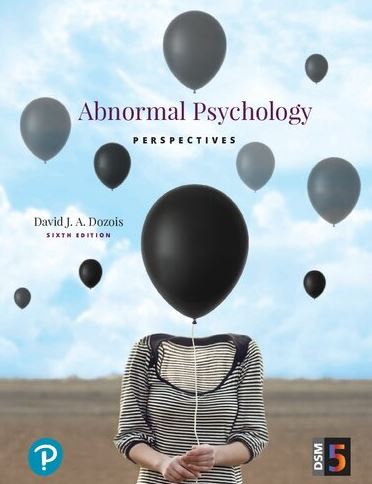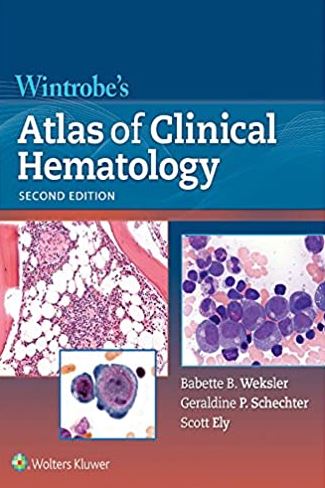Antibiotics Simplified 5th Edition by Jason C. Gallagher, ISBN-13: 978-1284250060
[PDF eBook eTextbook]
- Publisher: Jones & Bartlett Learning; 5th edition (July 25, 2022)
- Language: English
- 352 pages
- ISBN-10: 1284250067
- ISBN-13: 978-1284250060
“This book focuses on key points of basic microbiology and antimicrobial pharmacotherapy and organizes them into a concise guide … must-have antimicrobial reference guide for all medical and pharmacy students.” – Lindsay McDonnell, PharmD for Doody’s Review Service
Antibiotics Simplified, Fifth Edition is a best-selling, succinct guide designed to bridge knowledge gained in basic sciences courses with clinical practice in infectious diseases. This practical text reviews basic microbiology and how to approach the pharmacotherapy of a patient with a presumed infection. It also contains concise Drug Class Reviews with an explanation of the characteristics of various classes of antibacterial drugs and antifungal drugs. This text simplifies learning infectious disease pharmacotherapy and condenses the many facts that are taught about antibiotics into one quick reference guide. This guide will help students learn the characteristics of antibiotics and why an antibiotic is useful for an indication. With an understanding of the characteristics of the antibiotics, students will be able to make a logical choice to treat an infection more easily.
Table of Contents:
Acknowledgments
Introduction
New to the Fifth Edition
PART 1: Considerations with Antibiotic Therapy
Chapter 1: The Wonderful World of Microbiology
Chapter 2: General Approach to Infectious Diseases
Chapter 3: Antibiotic Pharmacokinetics
Chapter 4: Antibiotic Pharmacodynamics
Chapter 5: Adverse Consequences of Antibiotic Use
Chapter 6: Antibiotic Resistance
PART 2: Antibacterial Drugs
Chapter 7: Beta-Lactams
Penicillins
Natural Penicillins
Antistaphylococcal Penicillins
Aminopenicillins
Penicillin/Beta-lactamase Inhibitor Combinations
Cephalosporins
First-generation Cephalosporins
Second-generation Cephalosporins
Third-generation Cephalosporins
Fourth-generation Cephalosporins
Anti-MRSA Cephalosporins
Siderophore Cephalosporin
Cephalosporin/Beta-lactamase Inhibitor Combinations
Carbapenems
Carbapenem/Beta-lactamase Inhibitor Combinations
Monobactams
Chapter 8: Glycopeptides and Short-Acting Lipoglycopeptides
Chapter 9: Long-Acting Glycopeptides
Chapter 10: Fluoroquinolones
Chapter 11: Aminoglycosides
Chapter 12: Tetracyclines and Modified Tetracyclines
Chapter 13: Macrolides
Chapter 14: Oxazolidinones
Chapter 15: Nitroimidazoles
Chapter 16: Nitrofurans and Fosfomycin
Chapter 17: Streptogramins
Chapter 18: Cyclic Lipopeptides
Chapter 19: Folate Antagonists
Chapter 20: Lincosamides
Chapter 21: Polymyxins
Chapter 22: Clostridioides difficile-Specific Agents
PART 3: Antimycobacterial Drugs
Chapter 23: Antimycobacterial Drugs
Chapter 24: Rifamycins
Chapter 25: Isoniazid
Chapter 26: Pyrazinamide
Chapter 27: Ethambutol
PART 4: Antifungal Drugs
Chapter 28: Antifungal Drugs
Chapter 29: Polyenes
Chapter 30: Antifungal Antimetabolite
Chapter 31: Azoles
Fluconazole
Itraconazole
Voriconazole
Posaconazole
Isavuconazole
Chapter 32: Echinocandins
Chapter 33: Terpenoids
PART 5: Antiviral Drugs
Chapter 34: Antiviral Drugs
Chapter 35: Anti-Herpes Simplex Virus and Varicella-Zoster Virus Agents
Chapter 36: Anti-cytomegalovirus Agents
Chapter 37: Anti-influenza Antivirals
Chapter 38: Anti-coronavirus Antivirals
Chapter 39: Antiretroviral Drugs
Nucleoside and Nucleotide Reverse Transcriptase Inhibitors
Non-nucleoside Reverse Transcriptase Inhibitors
Protease Inhibitors
Integrase Inhibitors
Entry, Attachment, and Fusion Inhibitors
Chapter 40: Antiviral Interferons
Chapter 41: Direct-Acting Anti-hepatitis C Agents
Chapter 42: Ribavirin
Chapter 43: Hepatitis B Nucleoside Analogs
Chapter 44: Anti-SARS-CoV-2 Antibody Therapies
PART 6: Antiparasitic Drugs
Chapter 45: Antiparasitic Drugs
Chapter 46: Quinolines
Chapter 47: Atovaquone
Chapter 48: Benzimidazoles
Chapter 49: Pentamidine
Chapter 50: Ivermectin
Chapter 51: Artemisinins
Appendix 1: Selected Normal Human Flora
Appendix 2: Spectrum of Activity
Appendix 3: Empiric Regimens for Common Infections
Index
Jason C. Gallagher is an Associate Professor in the Department of Pharmacy Practice at Temple University, and a Clinical Pharmacy Specialist in Infectious Diseases at Temple University Hospital (TUH). His clinical service is with the Infectious Diseases Consult team at TUH where he also serves on committees related to antibiotic use and guideline preparation. He lectures on the pharmacotherapy of infectious diseases and the practice of clinical pharmacy at Temple and also teaches antibiotic pharmacology at Drexel University School of Medicine, where he has an adjunct appointment. Dr. Gallagher’s research interests focus on the treatment of resistant Gram-negative and Gram-positive infections and on antifungal pharmacotherapy. He is a past-president of the Mid-Atlantic College of Clinical Pharmacy.
Conan MacDougall is an Assistant Professor of Clinical Pharmacy in the Department of Clinical Pharmacy at the University of California, San Francisco. He provides clinical service to the Infectious Diseases Consult Service at UCSF Medical Center and participates in UCSF’s antimicrobial management program. His research interests include the pharmacoepidemiology of antimicrobial use in hospitals and communities, associations between antimicrobial use and resistance, and the clinical use of antifungal agents. Dr. MacDougall co-coordinates the clinical pharmacy therapeutics course in infectious diseases and oncology, precepts students on the infectious diseases rotation, and lectures on antimicrobial agent pharmacology.
What makes us different?
• Instant Download
• Always Competitive Pricing
• 100% Privacy
• FREE Sample Available
• 24-7 LIVE Customer Support




Olivia Reed (verified owner) –
eBook arrived in seconds, thank you!